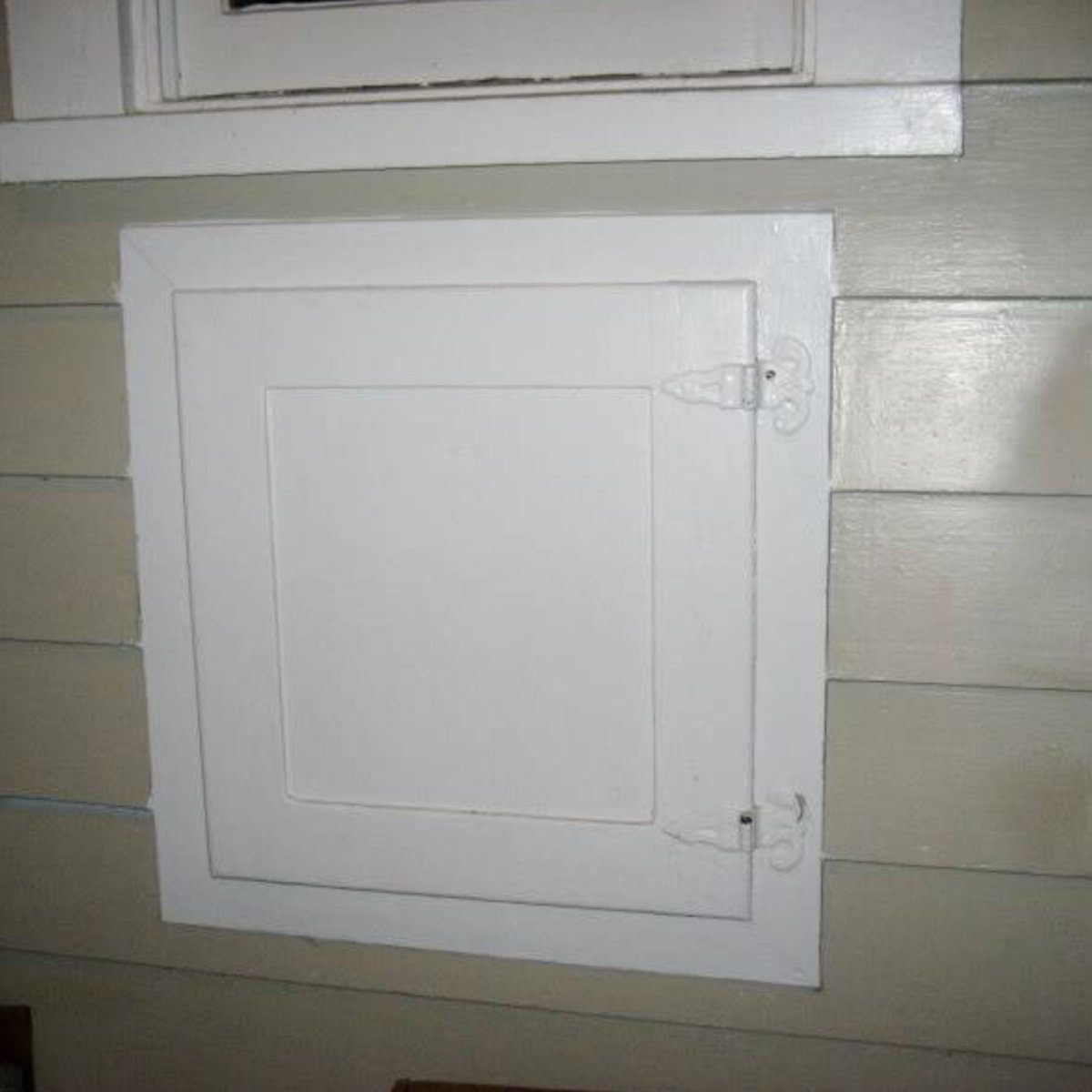
Ice Door
Are you puzzled by the funny little door in your home’s pantry? This old home feature is an access door the ice man used to use. Homes had an area in the pantry or kitchen dedicated to the ice box. Access was created for this door on the exterior, allowing for delivery of fresh ice to the house without coming inside.
Photo: Courtesy of Sears Modern Homes
The drawback of old home features like this ice door? They could be used by pests to gain access to your home!
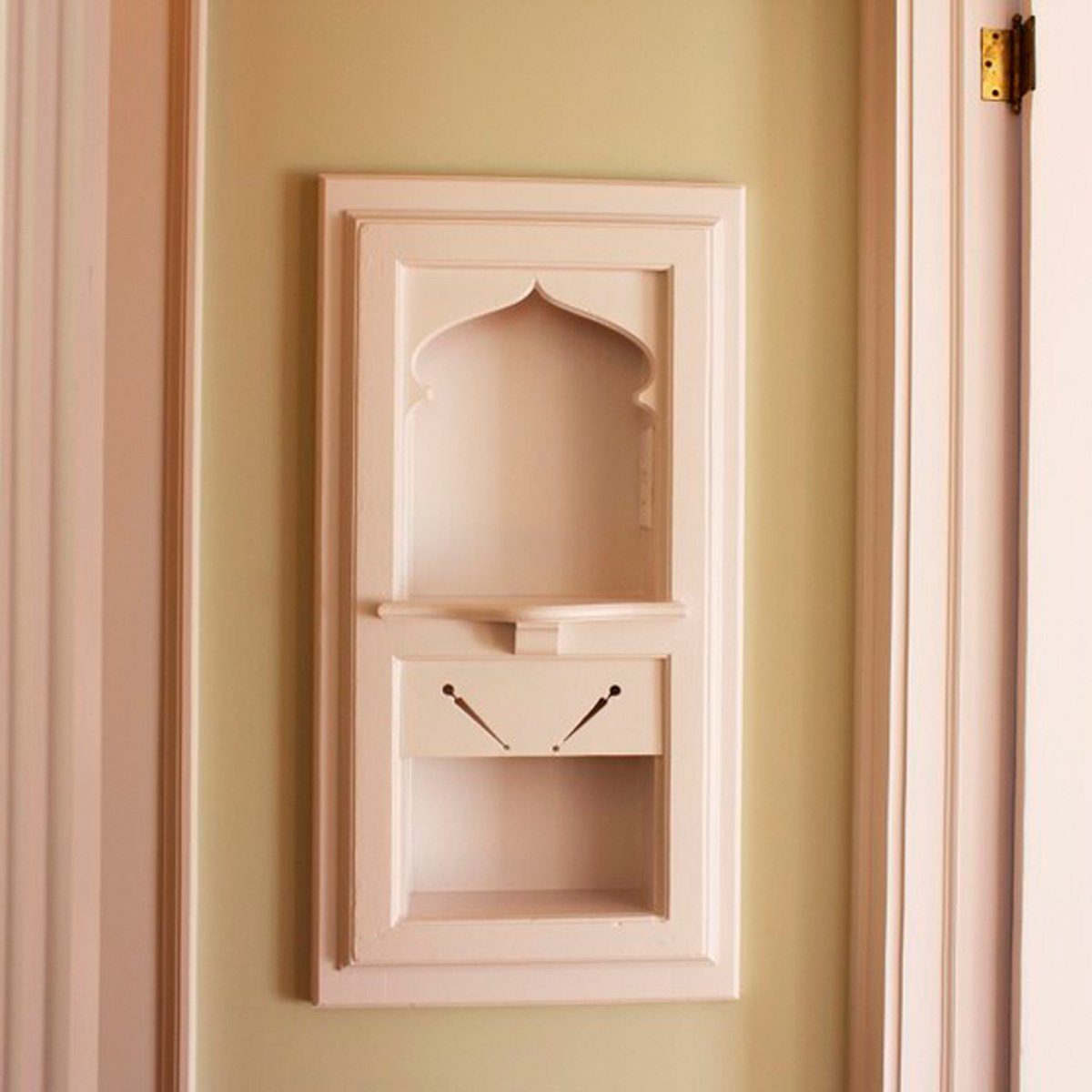
Phone Niche
Landlines used to be an essential part means of communication, but they weren’t always so compact. Because of their big, heavy nature, telephones required quite a bit of space. Homes used to have niches in walls for this purpose. Today, however, they’re a place to store things like mail or display a plant.
Photo: Courtesy of Phoenix Renovations
Feeling nostalgic for the not-so-distance past? Check out these 30+ things everyone had in their house in the ’80s!
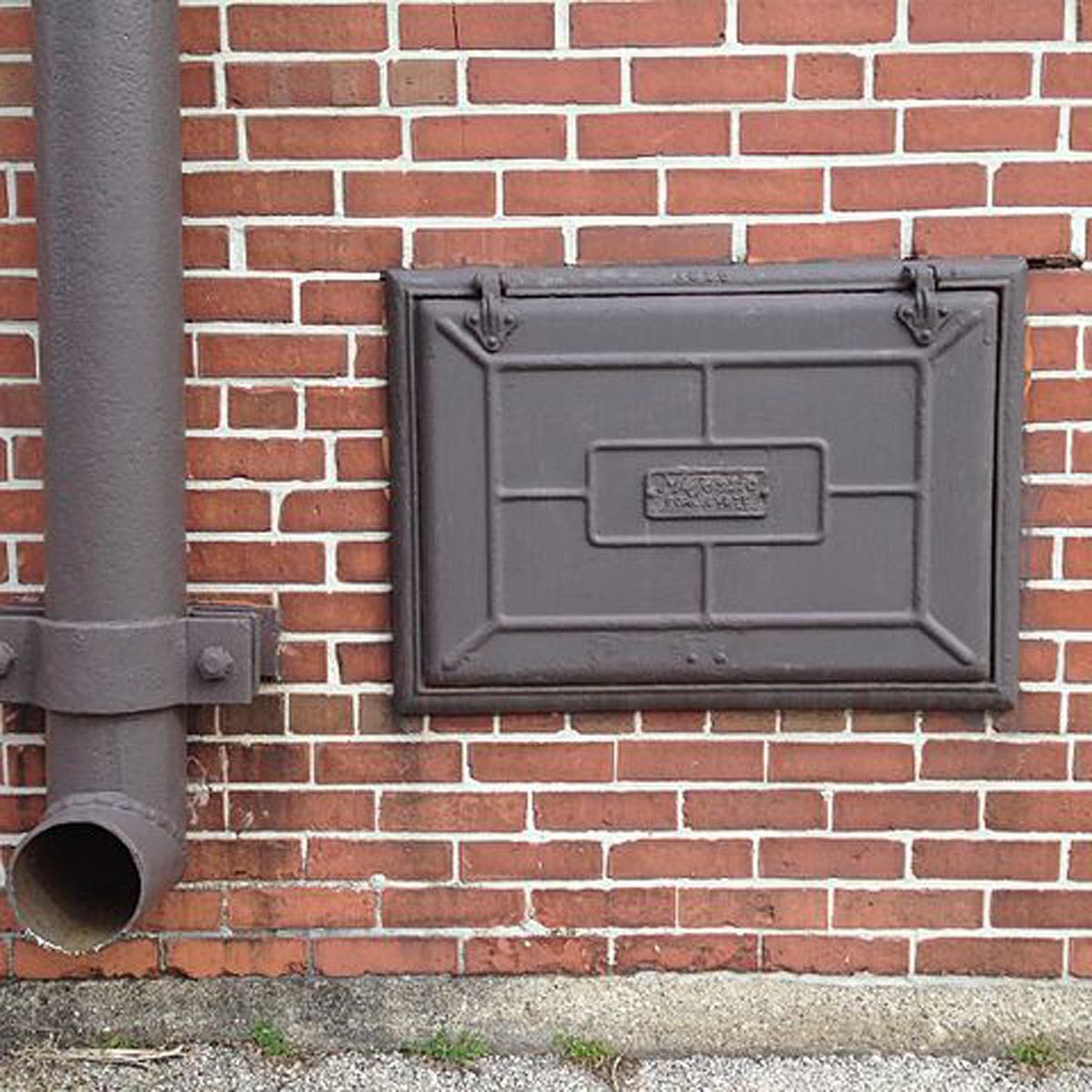
Tiny Iron Door Leading to the Basement
While natural gas is heating fuel of choice for many people today, up until around 1940, most families heated their homes by burning coal.
Coal deliverymen traveled door-to-door to provide people the fuel they needed to power their furnace. They shoveled coal through a tiny iron door that opened to a chute leading down into the basement. Once in the basement, homeowners could shovel the coal directly into the furnace. Today, most of these chutes have been sealed, though you will often still see the iron doors on older homes. What was once a necessary, functional part of the house is now a great conversation starter and history lesson. (Here are 22 history lessons your teacher lied to you about.)

This Old Home Feature is Still Useful!
Although technology has brought homeowners huge advantages in improving their homes, there’s a lot of untapped wisdom in some of the old home features that have been phased out over time. Some of these inventions brought great use and quite a bit of charm to a home, but there’s one feature in particular that should return to homes because it would save many people trips up and down the staircase: Laundry chutes!
These brilliant laundry hacks make washing your clothes less of a chore.

Landline Phone Jacks
Take a look around your dated apartment or home. How many unused phone jacks are there in the wall? Despite being essential for quite some time, today you’d be hard-pressed to find someone using up all those phone jacks thanks to the invention and advancement of mobile phones.
Cleaning house? Don’t toss these 50 old things—repurpose them instead!
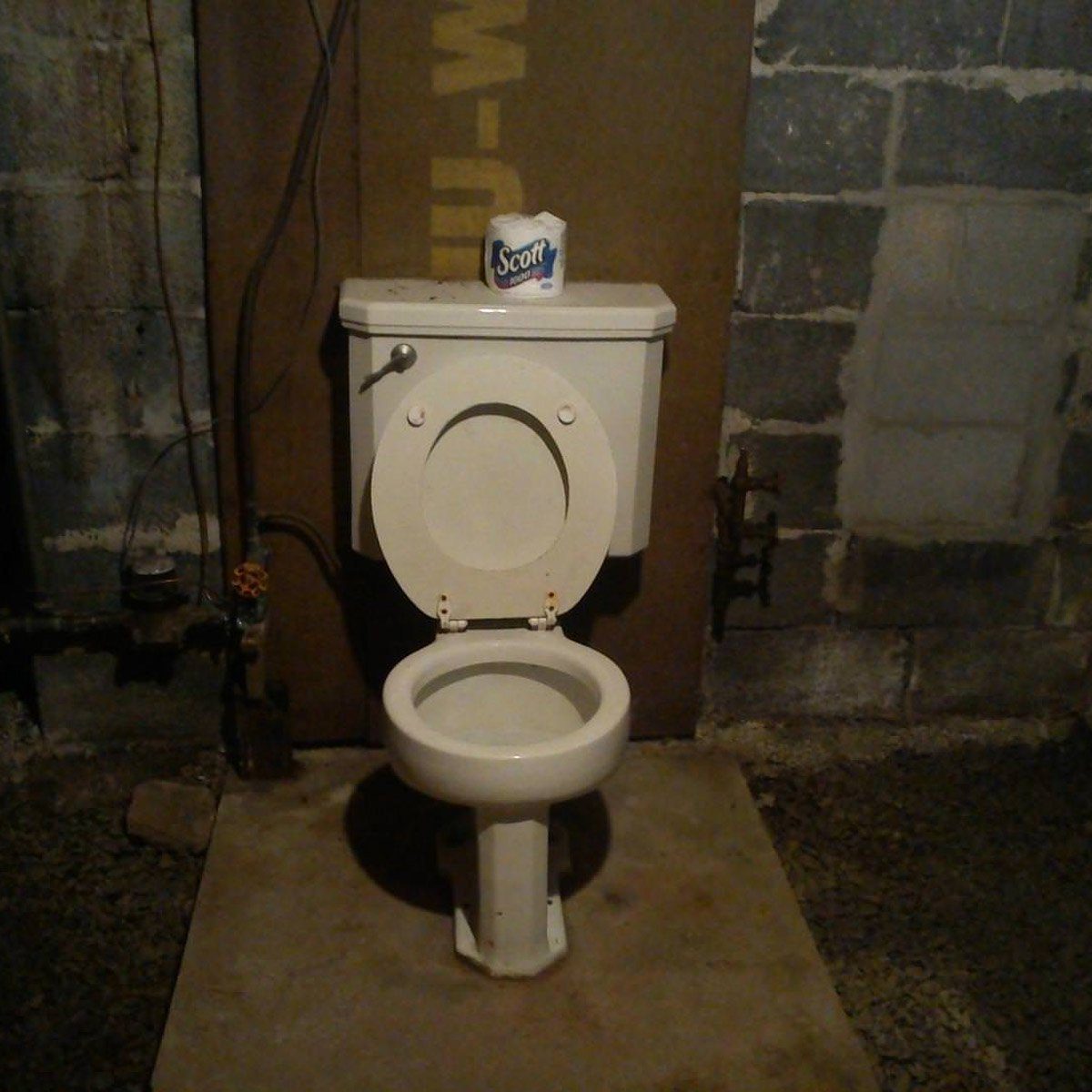
Random Toilet in the Basement
Usually found in pre World War II-era homes, this lone toilet looks entirely misplaced not just because it’s in the basement, but because there is nothing around it to make it feel like a proper, private bathroom! There are no walls for privacy. And while many don’t even have a sink nearby, others are paired with a crude basement shower apparatus and large sink.
It’s often referred to as the “Pittsburgh potty” thanks to the abundance of them in that city. Legend has it that the historically industrial town’s steelworkers and miners used them after a long day of work. They’d enter their basements to clean up before entering the main part of the house, so as to avoid tracking in grime. Makes sense, right?
Psst—making this mistake with a clogged toilet could make things worse.
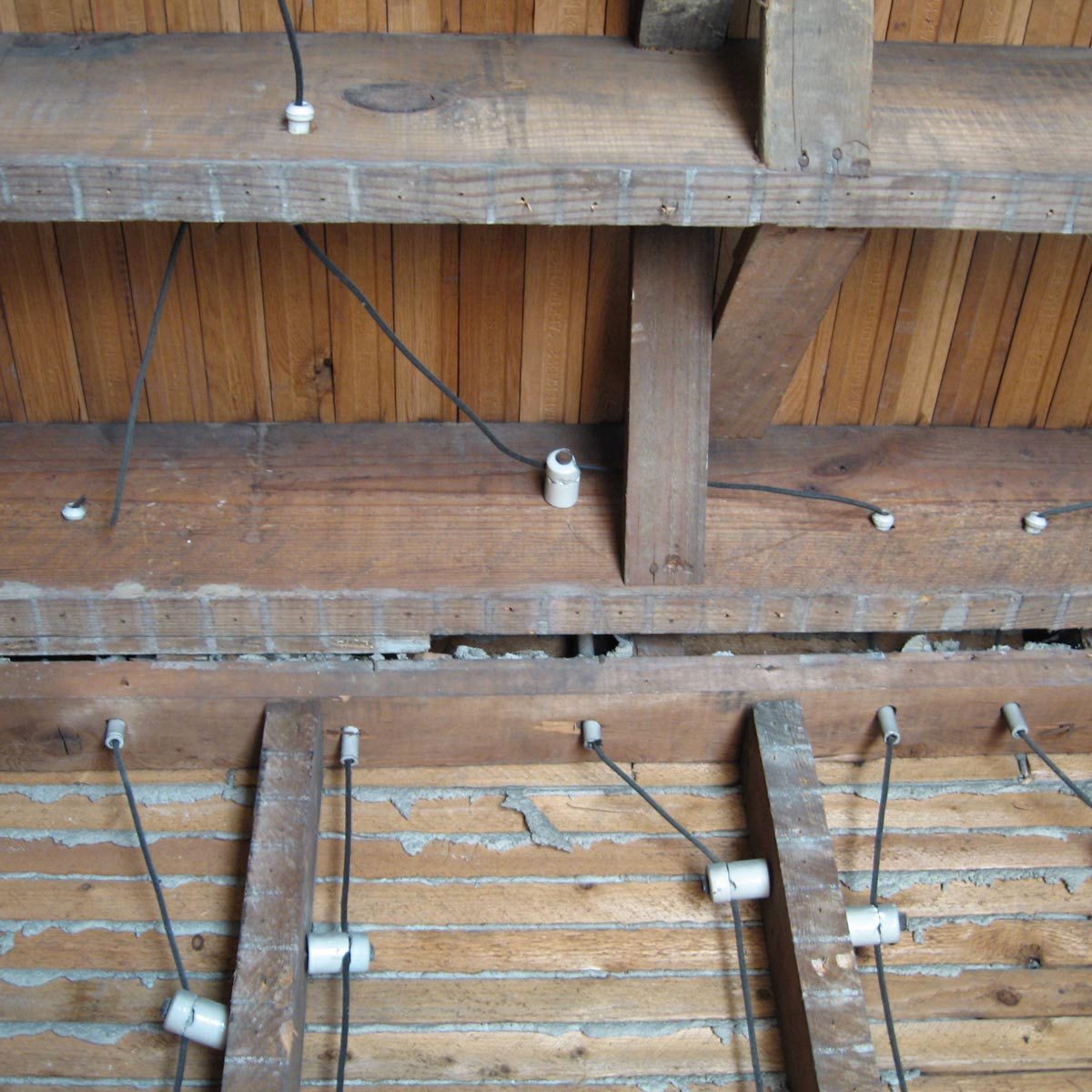
Knob and Tube Wiring
This early standardized method of electrical wiring in buildings came to be around 1880 and lasted until the 1930s. The system consisted of single-insulated copper conductors run within wall or ceiling cavities. They passed through joist and stud drill-holes by way of protective porcelain insulating tubes. For support along their length, porcelain knob insulators were nailed down. Knob and tube wiring was displaced from interior wiring systems as a result of the high cost of installation in comparison to power cables.
Photo: Courtesy of Laurascudder
Don’t miss this expert advice on how to fix a musty smelling basement.

A Bed in the Ceiling?
Unlike the famous Murphy bed, which hides in a closet or wall to save floor space when not in use, the Sorlien ceiling bed is stowed in the ceiling!
The Sorlien, the Murphy bed’s forgotten competitor, was patented in 1913. The bed was lowered from the ceiling via a crank, with hidden weights in the wall working to counterbalance the bed. “Transmission drum is concealed in the wall by means of a hinged door 15 by 16-1/2 inches set flush with the wall,” according to an ad (from 1917) for the Sorlien bed. Folding legs on the bottom of the bed made sure sleepers enjoyed a properly grounded night’s rest.
The bed was marketed as taking up no closet or wall space, with floor space used only when in service. “When not in use, it may remain in the ceiling without collecting dust or getting the mattress and bed clothing disarranged,” the ad reads. Of course, the ceiling bed only worked for houses with an “attic above.”
Think that sounds genius? Check out these home organizing hacks you’ll wish you knew sooner!

Push-Button Light Switch
Push-button light switches came to be in the mid-19th century, but eventually fell to the toggle switch. Issues with push-button light switches are no secret, including the buttons easily getting stuck in one position. How inconvenient!
Photo: Courtesy of Tim Barber Ltd Architecture

Hoosier Cabinet
A Hoosier cabinet is a free-standing kitchen cabinet that doubles as a workstation. These cabinets were common in the first few decades of the 20th century. The main reason they’ve declined in popularity is because most houses now have built-in kitchen cabinetry.
Photo: Courtesy of American Country Home Store
Could your cupboards be harbouring a gold mine? Here are nine things in your kitchen that could be worth money.
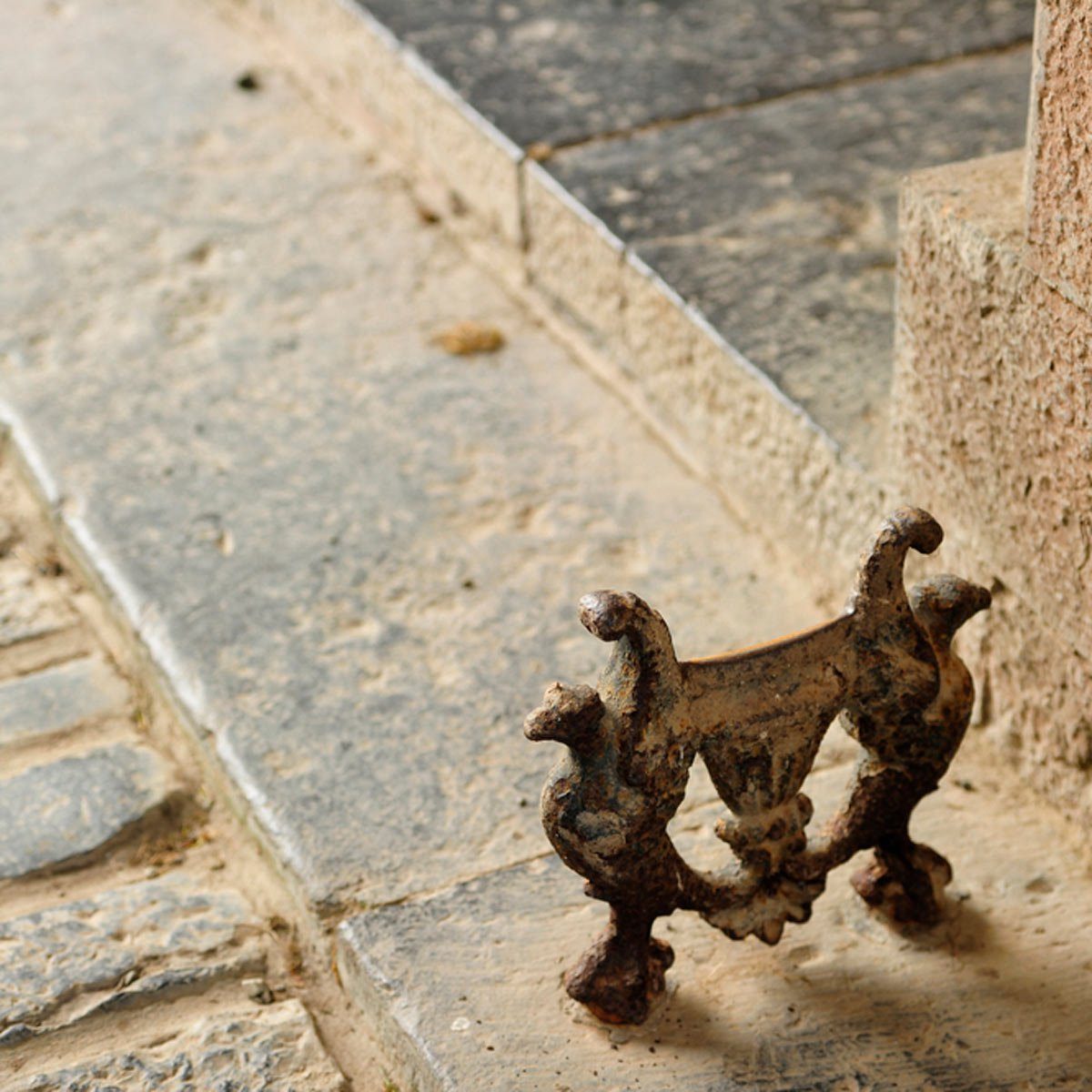
Boot Scraper
If you’ve ever walked up to someone’s front door and seen a strange ground-level cast-iron contraption, it’s a boot scraper! Known as a “decrottoir” in French, which refers to the need to remove excrement (yuck!), boot scrapers popped up in the 18th and 19th centuries alongside the invention of walking paths. With modernism came less mud (as well as dog, human, horse and pig excrement) on the streets, and so the boot scraper declined in necessity and popularity.
Inspired to flex your DIY muscle? Here are 30 home improvement hacks you’ll wish you knew sooner.
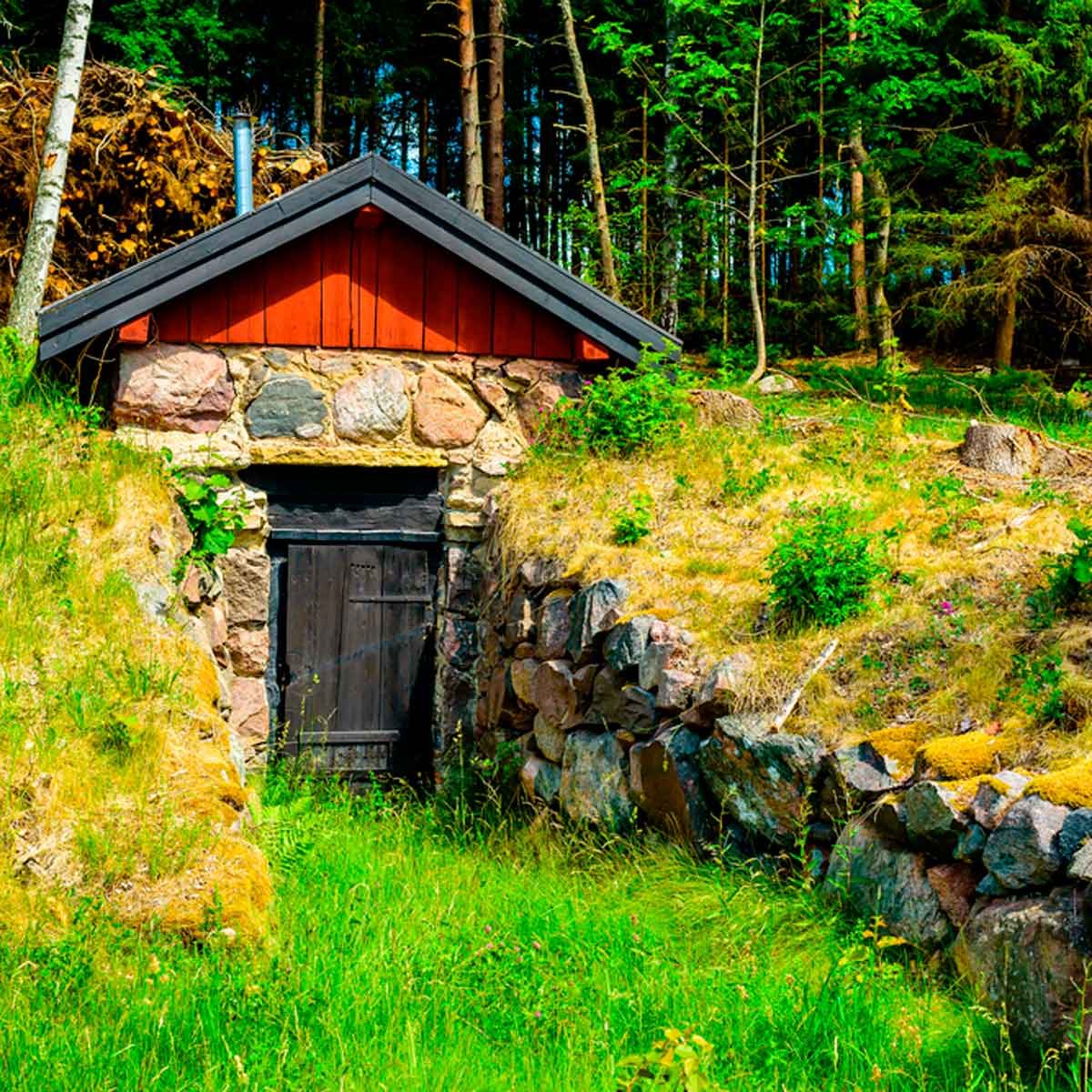
Root Cellar
Root cellars existed to store vegetables, fruits, nuts and more for long periods of time. Some were simply an unfinished room in the basement while others were built into the ground a short distance from the house. Present-day food distribution systems and refrigeration have rendered root cellars unnecessary for most people, but if you have one, you can certainly still put it to good use!
This is what it was like living in Edmonton in the 1940s.
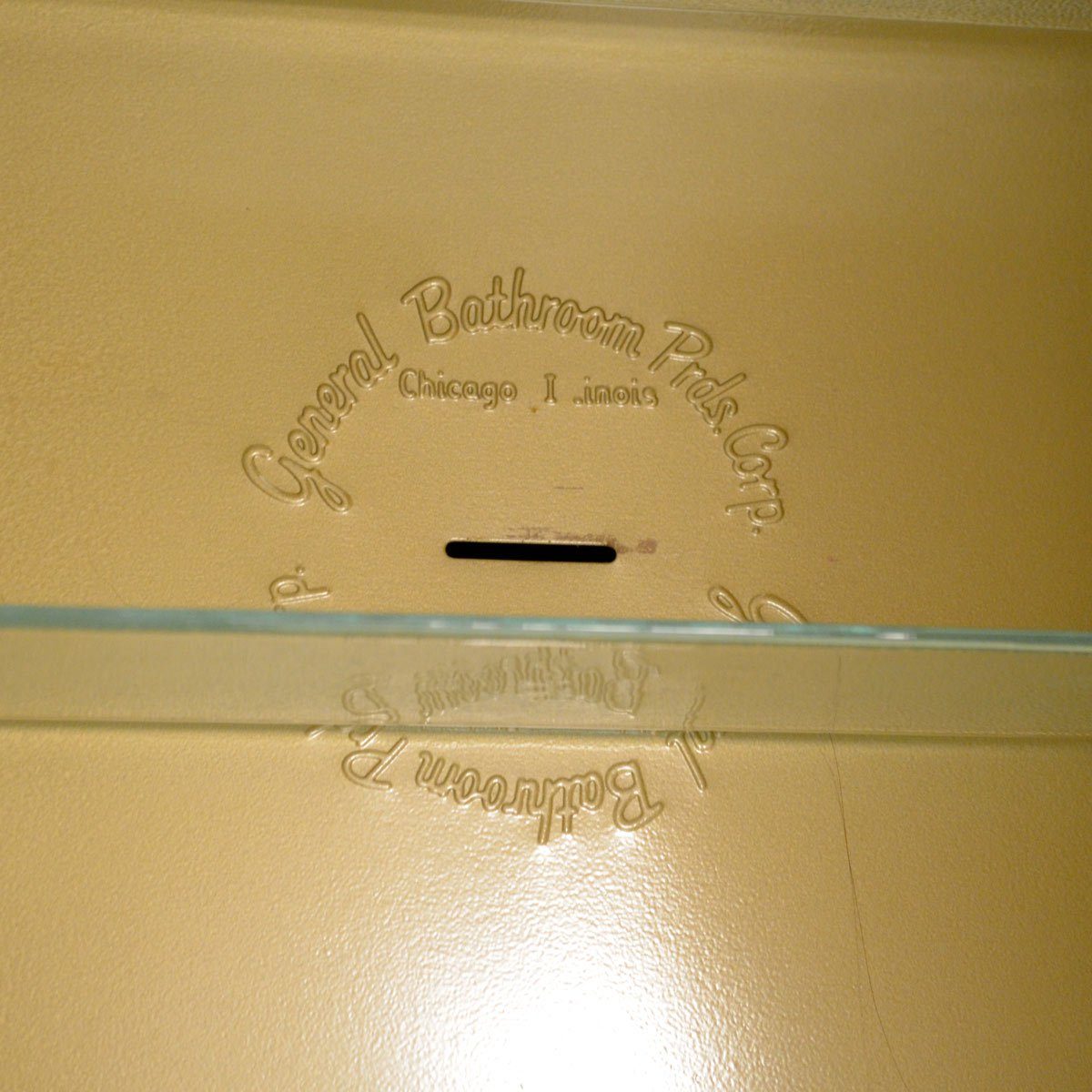
Razor Slit in Medicine Cabinet
Decades ago, medicine cabinets had a tiny slit to dispose of old razors. Where might those dirty razors go? Nowhere, really. They merely went into the wall. Out of sight, out of mind!
Photo: Courtesy of Green Halo Systems
This is what it was like growing up in Saskatchewan in the 1930s.
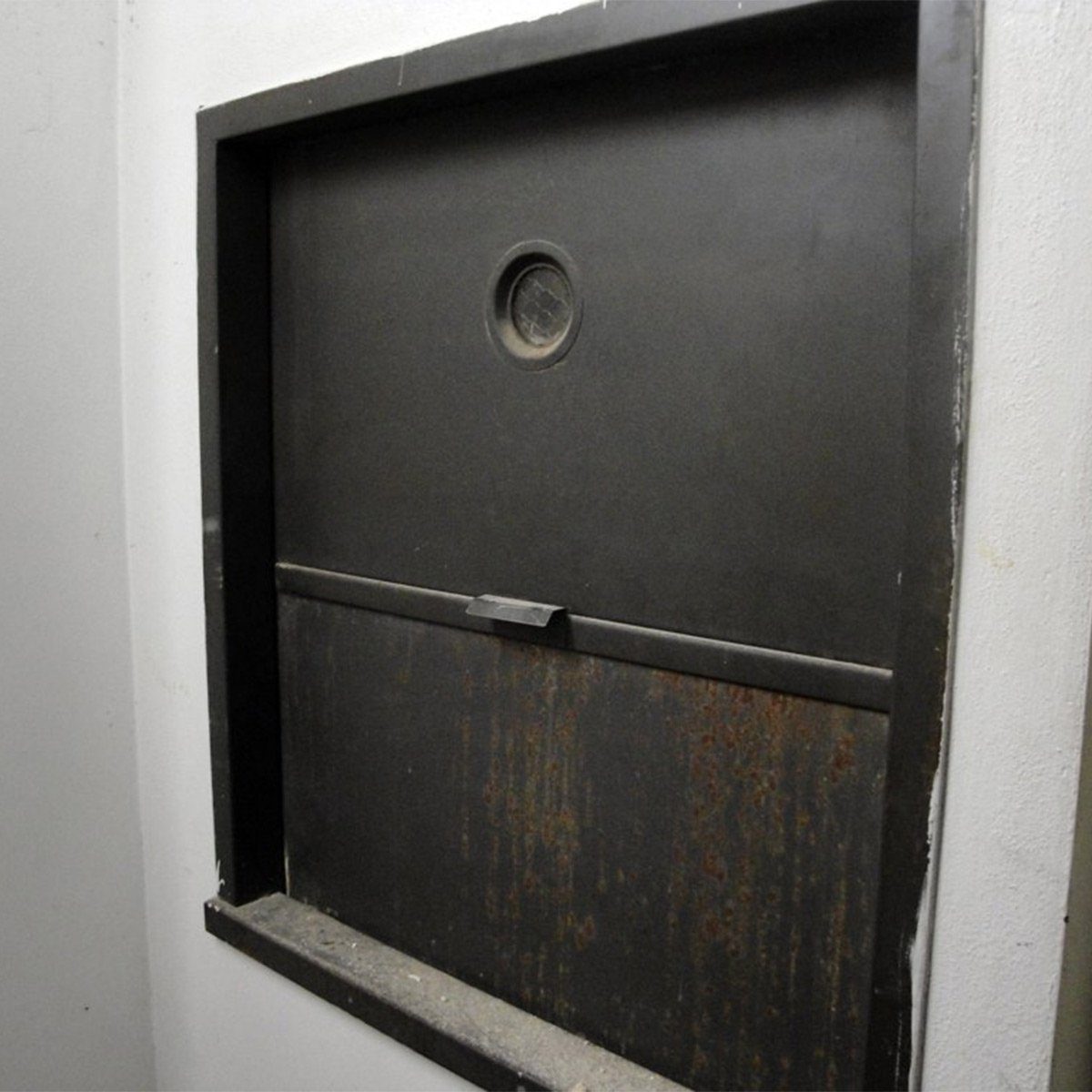
Dumbwaiter
Dumbwaiters were most often used to move dishes and food when the kitchen and dining room were on different levels of the house. If you have one in your old house, you could use it as a clothes chute.
Photo: Courtesy of Noah Jeppson
Feeling nostalgic for the not-so-distance past? Check out these 50+ things everyone had in their house in the ’90s!
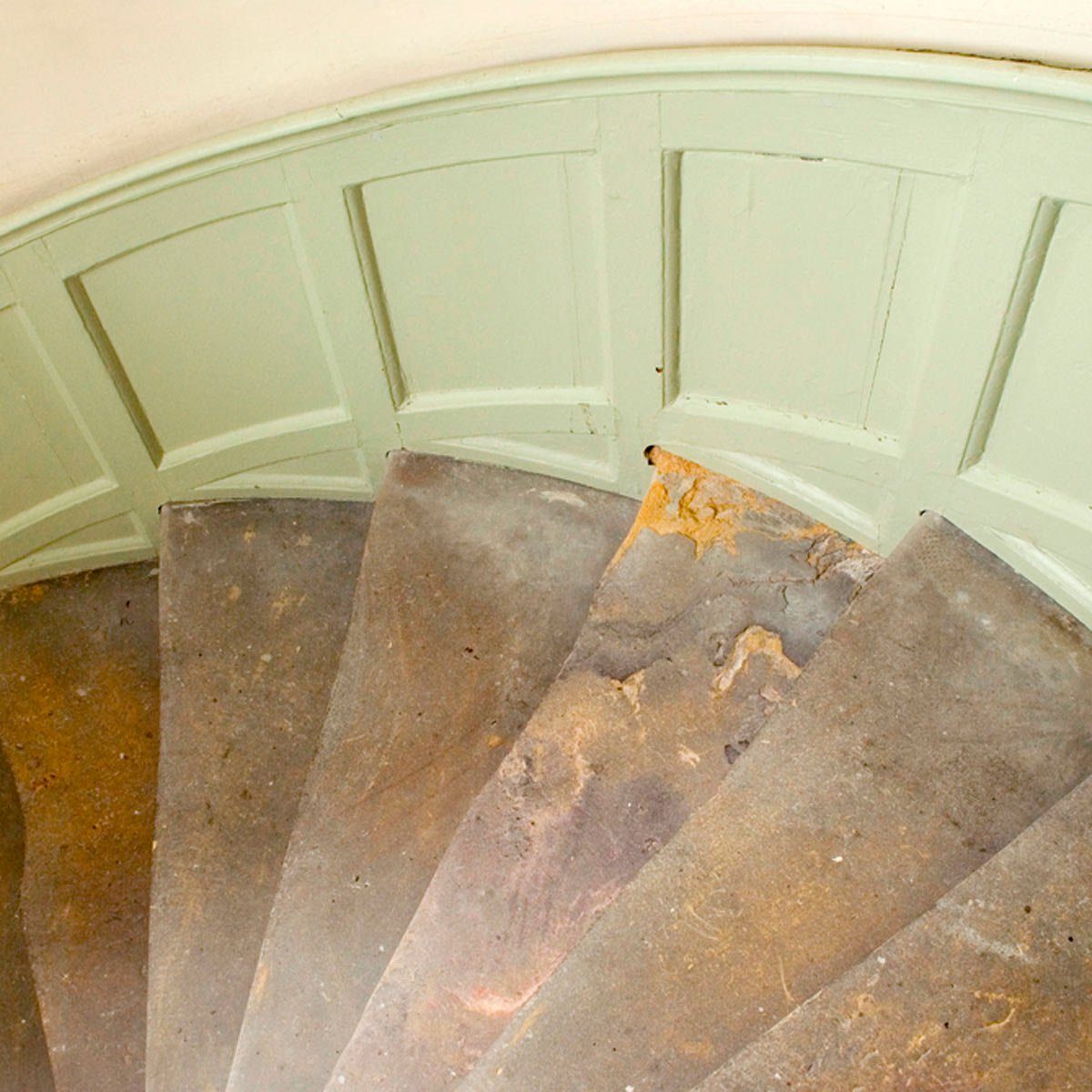
Servant Staircase
Does your old home have a strange staircase? In old mansions, a large household staff was often required to stay out of sight. The solution was a separate staircase in the back just for the servants to use. This is why your kitchen or pantry might be able to be accessed by two staircases!
This is how the kitchen stove was used during the Great Depression.
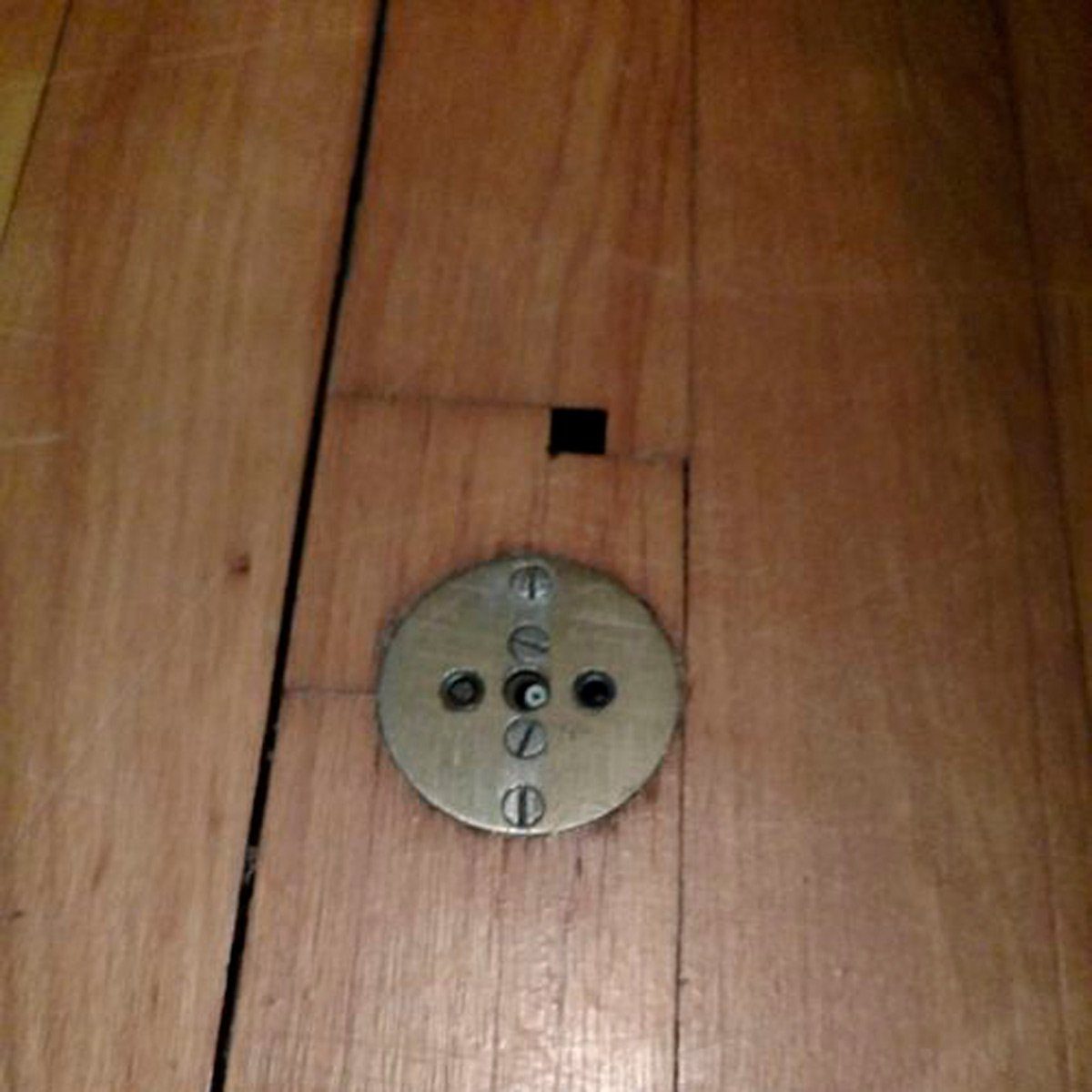
Servant Floor Button
Also known as a butler’s call or ring, a servant floor button was situated in the middle of the floor of the formal dining room. It was used to summon the butler by stepping on it. Today, if an old house has one, it’s likely hidden beneath a rug under the table.
Photo: Courtesy of lalala/Houzz
If the idea of a butler’s call or servant’s staircase sounds appealing, you’ll probably appreciate this collection of amazing Downton Abbey quotes.
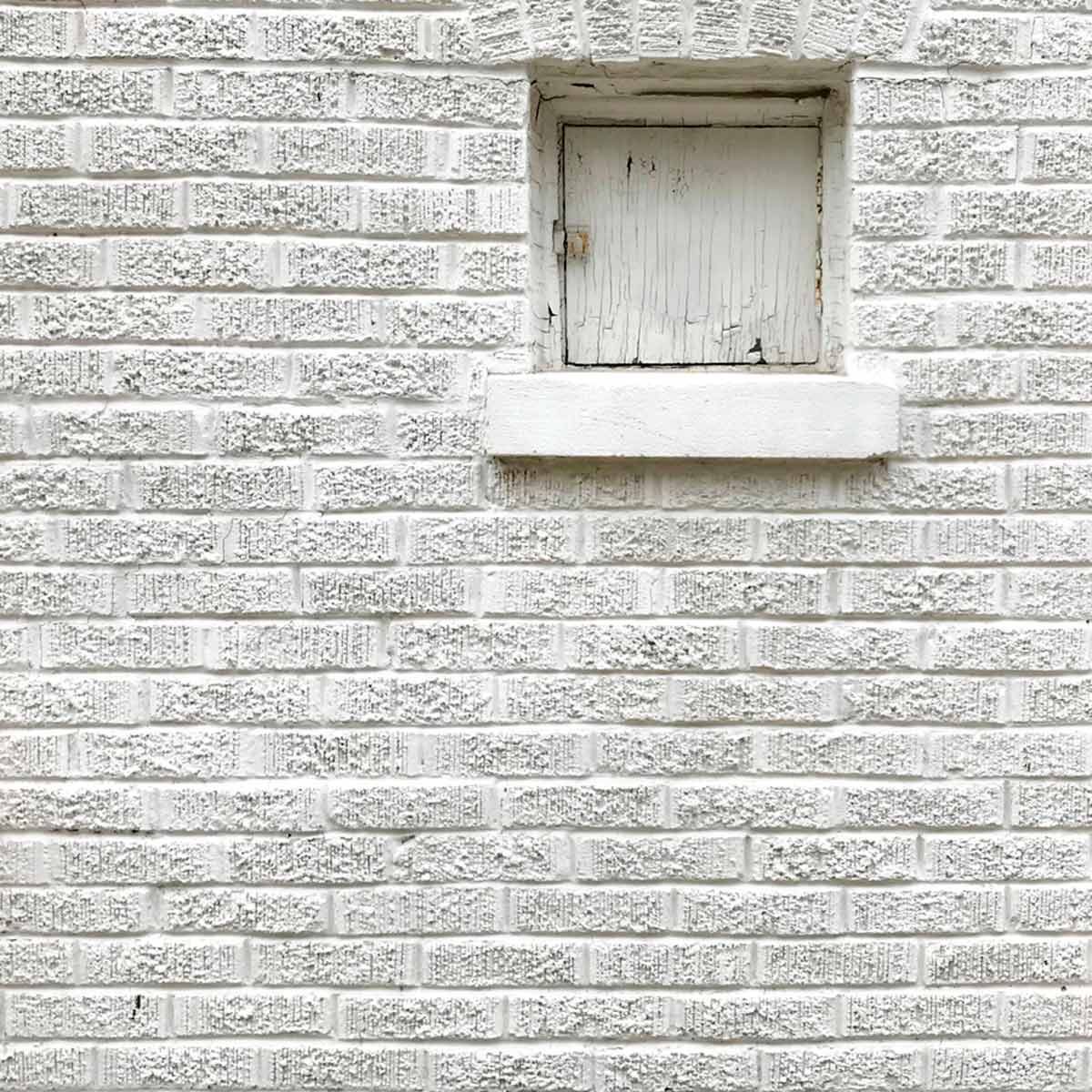
Milk Door
You probably haven’t had milk delivered to your door in a very long time. However, it used to be a common occurrence, with a milk door a standard old home feature. The small door was situated on the side of the house, and was used to leave bottles of milk between the walls. Psst—this is the real reason Canadians drink milk out of bags.
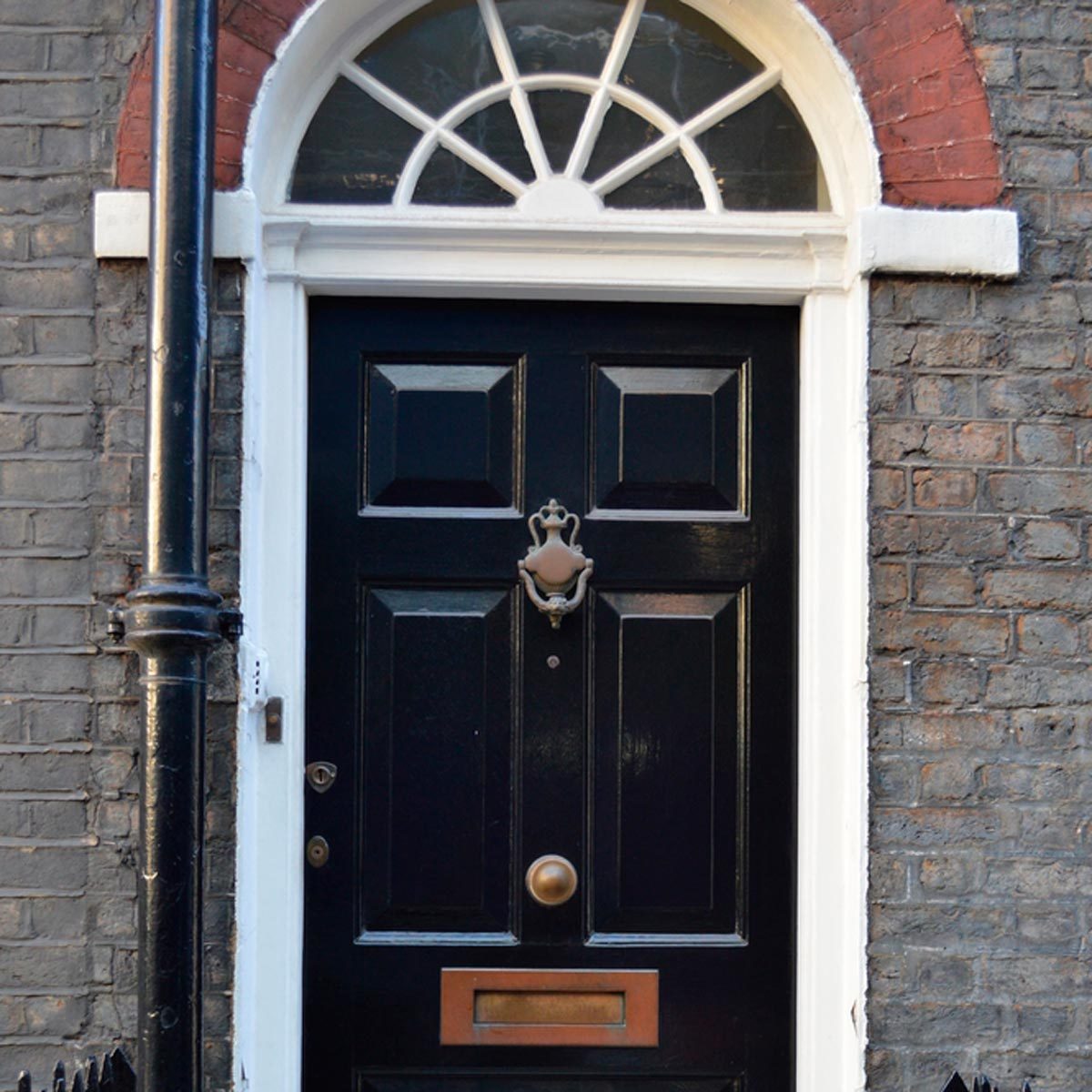
Transom Windows
Those panels of glass you’ll still find on old homes are called transom doors. Their main purpose was to let in natural light in the front hallways and interior rooms before electricity came to be. Their use today still allows in natural light, while stained-glass is just beautiful; however they’re far less important to the home than when electricity didn’t exist. These tricks to brighten your home during winter could still come in handy, though!
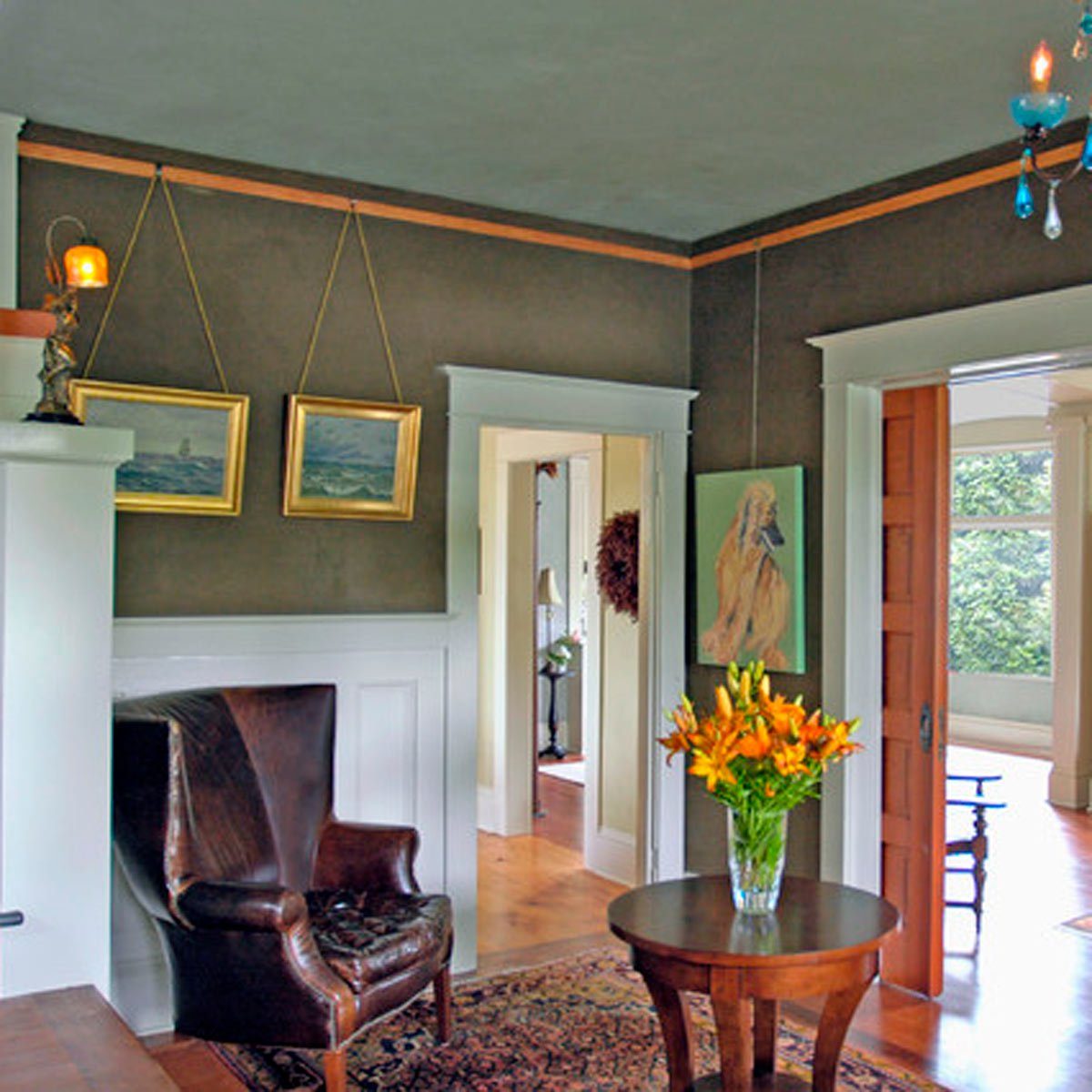
Picture Hanging Molding
Picture rails or picture hanging molding became common in the 1840s as a means for hanging pictures from a movable hook that could hold a substantial amount of weight while not harming the wall surface. By the 1940s, the picture rail was outdated, and the invisible hook standard. You can still purchase molding and install a picture rail if you like the look, and be sure to take this expert advice on building an affordable home art collection.
Photo: Courtesy of Arciform
On the market for a new home? Here are 13 secrets real estate agents wish you knew.